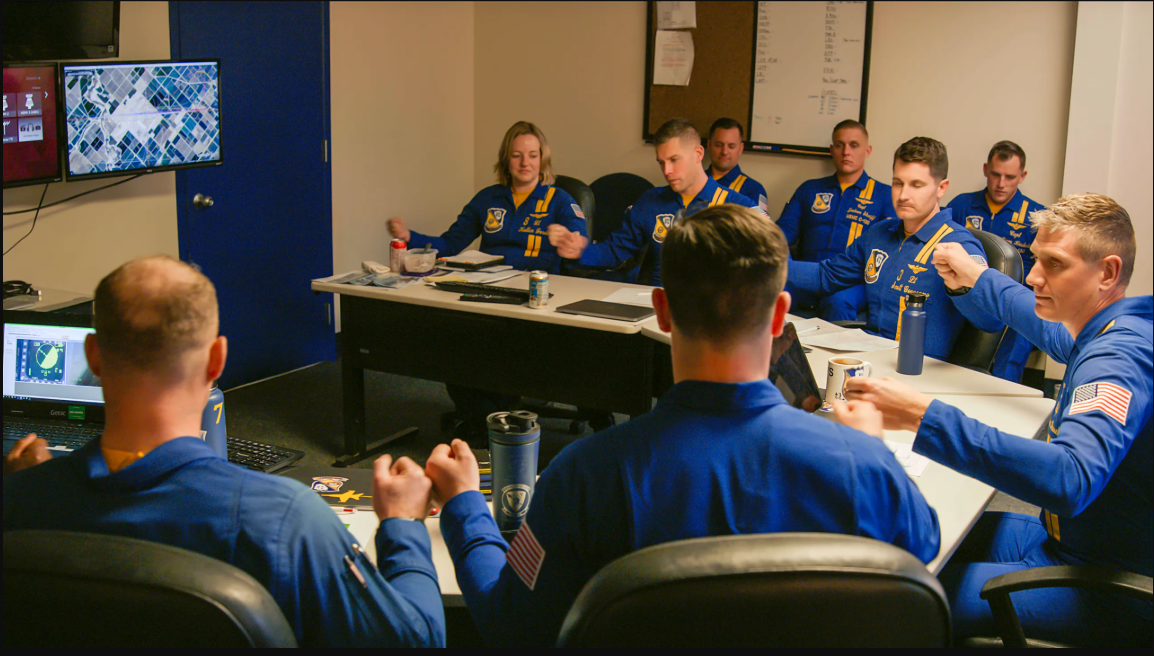Pilot Briefing

Pilot briefing in aviation, historically and currently, involves providing pilots with essential information before a flight to ensure safe and efficient operations. This information includes weather conditions, flight plan details, air traffic control instructions, and any other relevant information that could impact the flight. Briefings have evolved from in-person weather briefings to incorporating self-briefing options and electronic flight folders, according to the FAA and o...
Elaboration
Historical Context
In the past, pilots would often receive their weather briefings from Flight Service Specialists at airports or operations offices, according to the FAA. These briefings were crucial for pilots to understand weather conditions, forecasts, and any potential hazards along their route.
Modern Briefings
Today, pilots have more options for obtaining briefings, including self-briefing using online resources, flight planning applications, and even accessing briefings on electronic flight bags. Briefings still provide vital information like:
- Weather conditions: Current conditions, forecasts, and any adverse conditions.
- Flight plan details: Route information, altitudes, and planned maneuvers.
- Air traffic control instructions: Notices to Airmen (NOTAMs), military activities, and flow control information.
Types of Briefings
The FAA recognizes different types of briefings, including:
- Standard Briefing: A detailed briefing on weather conditions and other relevant information.
- Abbreviated Briefing: A shorter briefing focusing on specific areas of interest.
- Outlook Briefing: A briefing provided for planning purposes when the flight is several hours away.
Importance of Briefings
Briefings are essential for preflight preparation, ensuring pilots are aware of potential hazards and can make informed decisions for a safe and efficient flight. SKYbrary Aviation Safety notes that effective briefings can enhance safety by identifying threats, mitigation strategies, and outlining plans of action.
Evolution of Briefing Methods
The use of electronic flight bags and online resources has streamlined the briefing process, allowing pilots to access information quickly and efficiently. The emphasis on self-briefing has also increased, allowing pilots to take ownership of their preflight preparations.
- Pilot Briefing
- Aviation Safety X
- ASXWiki
- Flight preparation
- Preflight procedures
- Weather briefings
- Flight planning
- NOTAMs
- Air traffic control
- Aviation communication
- Flight safety
- Pilot training
- Electronic flight bags
- Flight operations
- Aviation weather
- Aeronautical information services
- Operational briefings
- Flight service stations
- FAA regulations
- Self-briefing
- Standard briefings
- Abbreviated briefings
- Outlook briefings
- Risk management
- Decision-making in aviation
- Situational awareness
- Aviation information systems
- Cockpit resource management
- Navigation preparation
- Pilot situational tools
- Preflight risk assessment
- Flight information services
